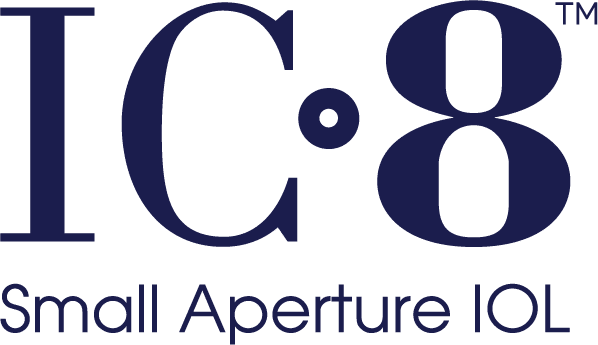Both age-related macular degeneration (AMD) and cataracts are eye diseases that can eventually lead to severe vision loss. As we get older, particularly after age 60, our risk of developing one or both of these conditions increases and it is even possible to experience them both at the same time.
If you’ve been diagnosed with AMD, and you also have a cataract, you might be wondering if you are a candidate for cataract surgery. Here, we will discuss both eye conditions, how they may affect one another, and if cataract surgery is an option for those with AMD.
What to Know About AMD
Age-related macular degeneration is an eye disease that occurs when the small central part of the retina, known as the macula, wears down. It’s the leading cause of severe, permanent vision loss in older adults.
Vision loss with AMD usually affects central vision, making those with AMD more dependent on their peripheral vision (side vision). However, AMD can also make it more difficult to discern fine details.
There are two types of AMD – dry AMD and wet AMD. The dry form is most common. It occurs when parts of the macula thin with age and tiny clumps of protein grow, which can cause vision to worsen over time. Wet AMD is less common. It occurs when abnormal blood vessels grow underneath the retina.
What to Know About Cataracts and Cataract Surgery
Cataracts are another common age-related condition. They occur when proteins clump together in the lens of the eye. Normally, the eye’s lens is clear, but when a cataract is present, vision can appear cloudy or hazy. Fortunately, cataracts grow slowly, but when a cataract grows large enough, it can feel like one is looking through a foggy or dusty windshield. Colors may also lose their vibrancy and appear dull.
Cataracts can typically be treated with surgery. During cataract surgery, the cloudy lens with the cataract is removed and replaced with an artificial lens known as an intraocular lens, or IOL. The IOL restores clear vision and, depending on the type of IOL used, it may even improve far vision, near vision or vision at all distances.
What to Know About Simultaneous AMD and Cataracts
While AMD and cataracts are different conditions affecting different parts of the eye, both conditions become more common with age. In fact, they can and do occur at the same time.
When both conditions are present, it may appear that cataracts accelerate the progression of AMD, but most major studies have not found a link. For some, though, a cataract may mask the symptoms of AMD and when the cataract is removed the symptoms of AMD become more obvious.
Cataract Surgery When Macular Degeneration is Present
It is possible to have cataract surgery when macular degeneration is present, but it may or may not be recommended.
If cataract surgery is not likely to improve vision significantly, eye doctors usually advise against it. However, if cataract surgery could make a positive impact on vision and quality of life, it may be recommended. Because those with severe AMD typically rely on peripheral vision to compensate for lost central vision, cataract surgery may improve the quality of peripheral vision.
The IC-8 Lens Advantage
If you’ve been diagnosed with a cataract and are considering cataract surgery, be sure to discuss replacement lens options with your doctor. The IC-8 lens offers many advantages over traditional (monofocal) and multifocal IOLs. It provides a natural range of vision from near to far, including mid-range vision needed to read a computer screen. With the IC-8 lens, one may achieve continuous and seamless vision at all distances. Learn more about the IC-8 lens here: https://ic8lens.com/discover-the-ic-8-lens/.



